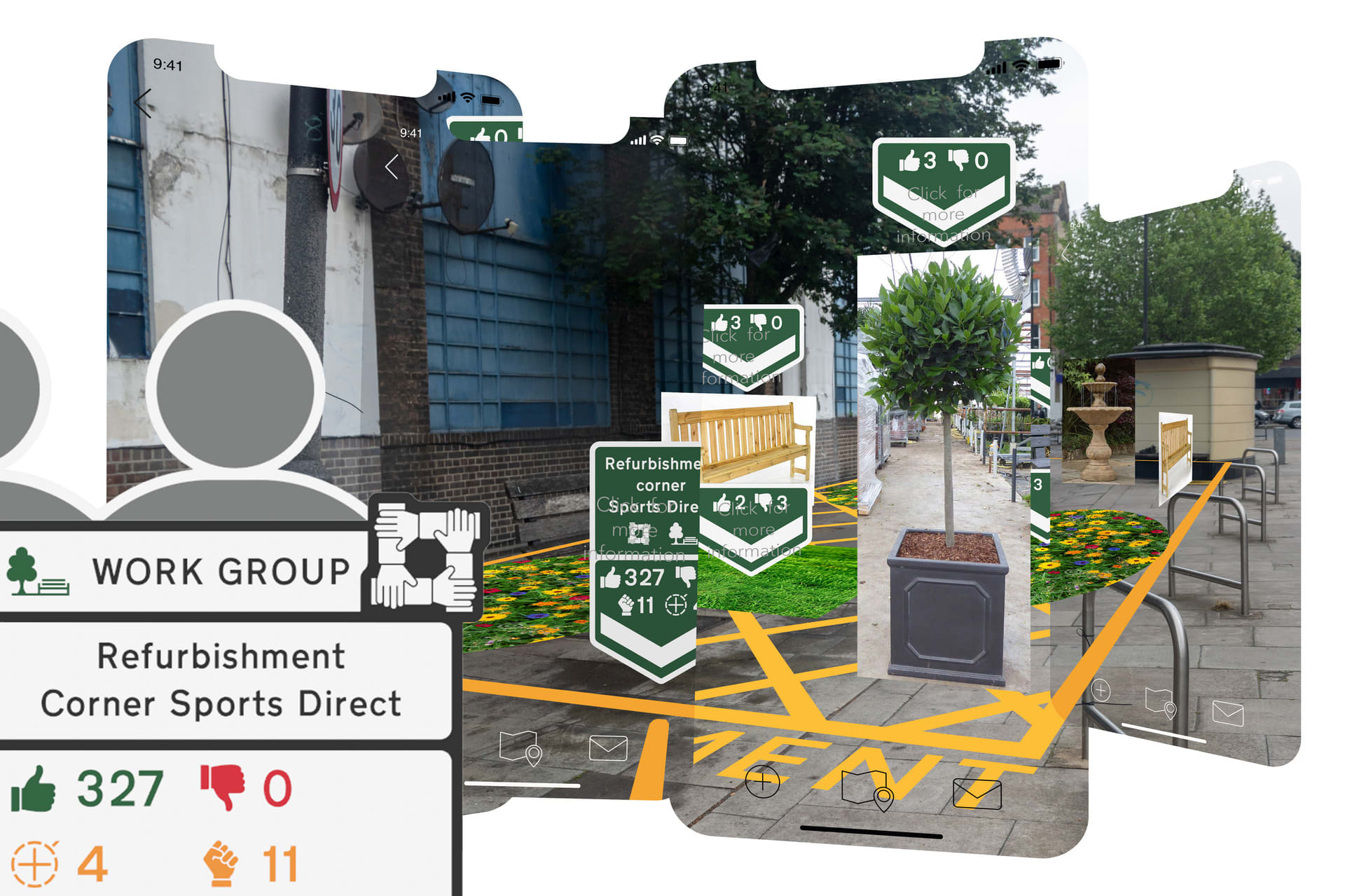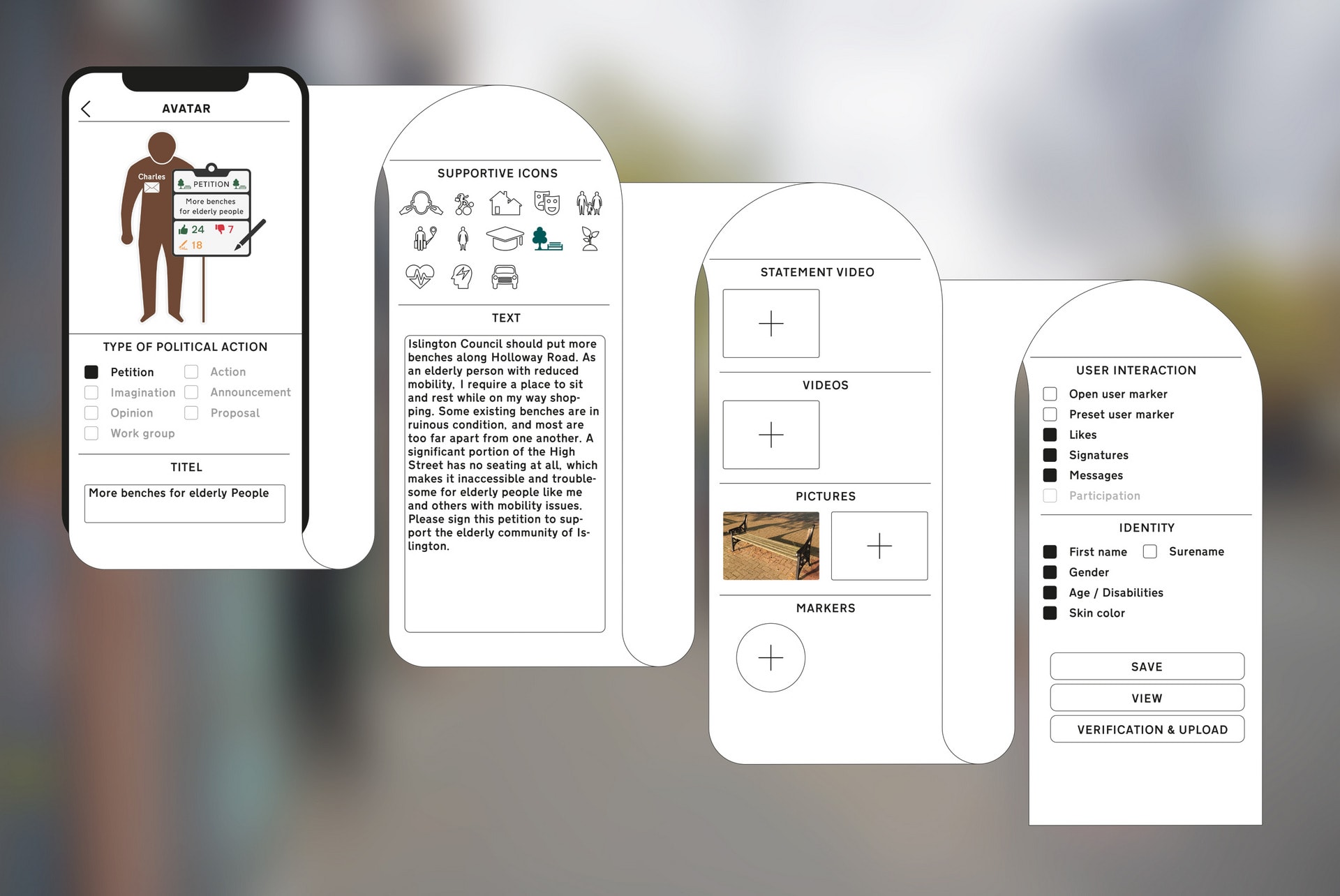Maximilian Sirtl is a German product designer based in London and Lausanne. He has a background in architecture (TUM & EPFL) and industrial design (ECAL). Having a multidisciplinary approach, he developed a critical interest in our everyday life with a focus on its complex cultural, social and political environment.
Maximilian Sirtl


I believe in a multidisciplinary approach to design. I think nowadays, our increasingly specialized education leads to a narrower and close minded view of our world and simultaneously harms innovation; That is why I chose to study Design Products at the RCA. For me, designing has no scale nor borders. I am interested in projects ranging from architectural scale to the detailed scale of our everyday products; from new technologies to traditional ways and notions of crafting. I am looking into the future with a curious eye to discover unknown fields and identify novel opportunities. To showcase my versatility as a designer I have chosen to present two projects: The first being a political augmented reality application, the second a traditional design for a wristwatch.

The Covid-19 pandemic has revealed the crucial role of public spaces in our everyday lives. However, this particular space is in danger. Over-commercialization, POPS (privately owned public spaces), and the prevalence of motorized traffic, to name but a few, are diminishing its public values. As if this was not already enough, the arrival of commercialized Augmented Reality in our public realm seems to exaggerate this phenomenon.
But what is actually good public space? The political theorist Hannah Arendt described public space as being “the space of appearance in the widest sense of the word, namely, the space where [we] appear to others as others appear to [us], where men exist not merely like other living or inanimate things but make their appearance explicitly” (Hannah Arendt, The Human Condition). This leads to the question of whether our public spaces are actually capable of providing an appropriate appearance before us?
My project, a political app called FORUM, tries to tackle these problems by giving agency to local communities by layering a political augmented reality on top of the public realm. As a platform between local communities and their local governments it allows people to “speak” and “act” in the Arendtian sense of these words and therefore participate more obviously and actively in local politics. Hannah Arendt’s interpretation of the Ancient Greek Polis as an ideal political public realm forms the basis of this application. The ultimate goal of this project is to transform consumers into responsible citizens, to provoke political participation, and to transform the more or less abstract word “political” into something much more tangible and visual. Instead of politicizing, this app tries to get people to engage with the actual matters and problems at hand.





If we take a closer look at the current opportunities for participating in local politics in London it cannot be denied that these are rather limited, outdated and require quite the effort and labour. They mostly consist of the possibility to start petitions, which themselves lie hidden on complicated web pages, participation in council emails, and the ability to write an email to your ward councillor. It feels like being political doesn’t have a major place in our everyday lives. In order to counteract this, the app tries to restore its rightful place in our public realm, by conceiving physical entry spaces in highly frequented areas in our streets. These consist of physical street markings in the form of circles with a QR-code embedded in the middle. When scanned with your smartphone the augmented reality appears, comprising AR-Avatars, AR-Markings and an AR-Stage (1.).
Every citizen can sign up for this app and be political in the “polis” he is living in (13). After you are registered in your area you have the possibility of creating an avatar. Since we are living in a world with a lot of political barriers (gender, age, origin and skin color, to name just a view) an avatar provides the option of remaining anonymous, but also to highlight the political action it is connected to. Nevertheless if you feel your identity is necessary or impactful for your political action, you can of course reveal it by modifying your avatar (10.).
This avatar can then be connected to different types of political actions like petitions, workgroups, imaginations, opinions, announcements, and proposals which can in turn be connected to spatial AR-markings, later making the App a very powerful tool. People can mark out problems, for example a broken bench (8.), write in space, put pictures and even place 3D models. Furthermore they have the possibility to access maps provided from the council, which they can partially map in real space (7.). This makes political problems and ideas more visible, tangible and comprehensible. The word politics loses its abstractness and people can spatially express their ideas, as well as visually comprehend on a 1 to1 scale what is happening in their direct environment.
Users can interact with these avatars or spatial markings by clicking on them to reveal their information (4.) and they also have the possibility to like, to dislike, to sign petitions or even to set own markings to complement an existing petition if it is allowed, ultimately creating a visual proof as a means of support. Furthermore citizens can work together in augmented workgroups to be able to find the most appropriate format for their political actions and develop their ideas in augmented real space (5.).
Because this app also serves as a mediator between local governments and their citizens, councils also have the possibility to visualize their political actions in this app in order to get more feedback from their local constituents.
According to Hannah Arendt the Ancient Greek polis is the space for eternity, where all your deeds are remembered, and so, any outdated avatars will still remain, becoming part of an AR-stage in the form of an antique arch to memorialise their content throughout eternity. This political sculpture continuously grows as more political participation takes place (12.).
To be as understandable and legible as possible this app appropriates the language of street signs, but tries to detach it from its mission of giving order to citizens, instead trying to empower communities with its visual qualities. Overall this app tries to provoke political participation by being as simple and as convenient as possible.
Augmented reality may not reach its apogee with smartphone technology, but to understand it’s advantages and risks, this project engages with it in a provocative manner, uses this new immersive media, and tries to provide people with its advantages to be creative in their own communities and to have full ownership of this technology.
A major topic during the research of this project was the scale in which people should be political. If we have a closer look into the current spatial political structure of London, it is possible to determine the division in boroughs, a scale which is far too big for meaningful action. The borough of Islington for example has roughly the same population as the city of Zurich in Switzerland. However, the next smaller division of the Boroughs into wards is too small since it is divided mostly by big streets, which form important public spaces. Since these are political border zones, political action is much more difficult. This project tries to introduce a new unit, which I call “polis”, referring to the politically ancient autarchic city-state in Hannah Arendt's political thoughts, to provide the right scale for participatory political action, and which covers an actual environment people are engaging with.
![[untitled]](https://res.cloudinary.com/rca2020/image/upload/f_auto,h_1358,w_1920,c_fill,g_auto,q_auto/v1/rca2021/60cbe1a798de755bbfa5e7f9-763111?_a=AXAH4S10)
![[untitled]](https://res.cloudinary.com/rca2020/image/upload/f_auto,h_1358,w_1920,c_fill,g_auto,q_auto/v1/rca2021/60cbe1a798de755bbfa5e7f9-791521?_a=AXAH4S10)
![[untitled]](https://res.cloudinary.com/rca2020/image/upload/f_auto,h_1358,w_1920,c_fill,g_auto,q_auto/v1/rca2021/60cbe1a798de755bbfa5e7f9-806048?_a=AXAH4S10)
![[untitled]](https://res.cloudinary.com/rca2020/image/upload/f_auto,h_1358,w_1920,c_fill,g_auto,q_auto/v1/rca2021/60cbe1a798de755bbfa5e7f9-833028?_a=AXAH4S10)
"Horage Cobra" is a sportive yet still elegant wristwatch, owing its very light and very thin aesthetic to its construction.
It is suitable for every occasion, as the user can change the watch's strap by themselves, using a small toolkit.
This broadens the versatility of the watch as the owner can easily decide between a wide range of different straps and uses (a pocket watch strap, a necklace strap, a leather strap and a metal strap) without the need to buy a new watch or time piece each time.
This simple interaction and involvement with the user strengthens their emotional bond and makes "Horage Cobra" a wonderful companion for day-to-day life.
This concept was developed in cooperation with the Swiss watch company Horage.